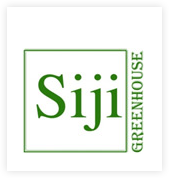How Moss Walls Are Creating an Impact on Modern Architecture and Interior Design Today.
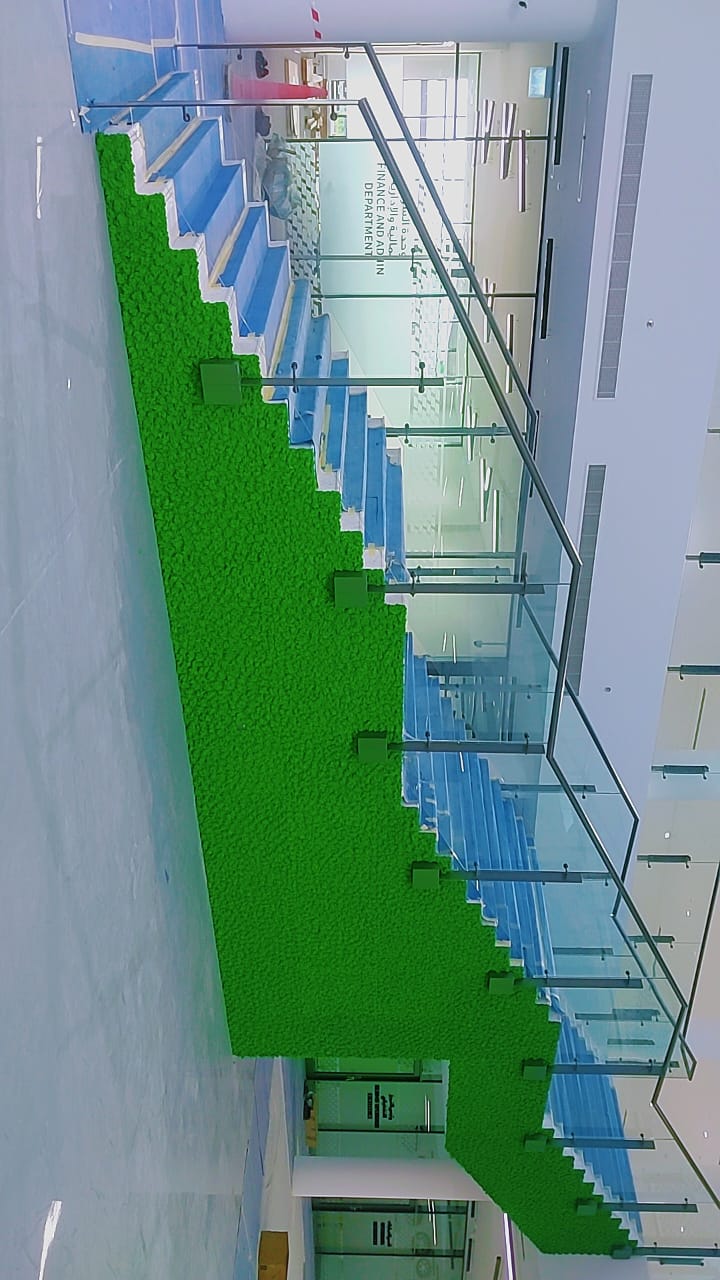
Modern design is embracing natural elements, with moss walls taking center stage. They bring texture, color, and endless creativity to spaces, especially when paired with materials like wood or stone. A striking example is Robertière’s work—a moss-crafted silhouette of Nelson Mandela on a hotel exterior in Saintes, France. This 3-foot-tall piece uses moss’s unique rootless structure, allowing it to attach without damaging walls, blending art, nature, and homage seamlessly. Lets learn a bit more about preserved moss walls and their impact on modern architecture.
How is it made?
Preserved moss is natural moss that has been treated to maintain its appearance and texture without the need for sunlight or water. The preservation process begins with sustainable harvesting from controlled environments. The moss is cleaned and then soaked in a glycerin-based solution to keep it soft and prevent decay. After drying, it can be dyed to achieve various colors before packaging for use. This treatment ensures the moss retains its natural look and feel, offering a long-lasting, low-maintenance option for architectural and decorative designs.
What are the different types of preserved moss walls?
There are several types of preserved wall moss, each offering unique characteristics and aesthetic qualities. Here are some common types:
Reindeer Moss:
Reindeer moss also known as preserved polar or preserved lichen moss is valued for its fluffy texture and light colour. It is a combination of fungi and algae. It is versatile and can be dyed for customised looks. The moss is mounted on MDF or PVC panels, with thicknesses ranging from 3.2 to 6 mm, and weighs approximately 10 kg per square metre.

Ball Moss:
Preserved Ball moss is chosen for its rounded form, adding vertical interest to designs. Made from naturally harvested preserved ball moss it is also known as pole or bun moss. Mounted on MDF or PVC panels, with thicknesses from 3.2 to 6 mm, it is available in panel sizes of 750 x 750 mm. Moss thickness ranges from 20 to 90 mm, weighing approximately 6 kg per square metre.
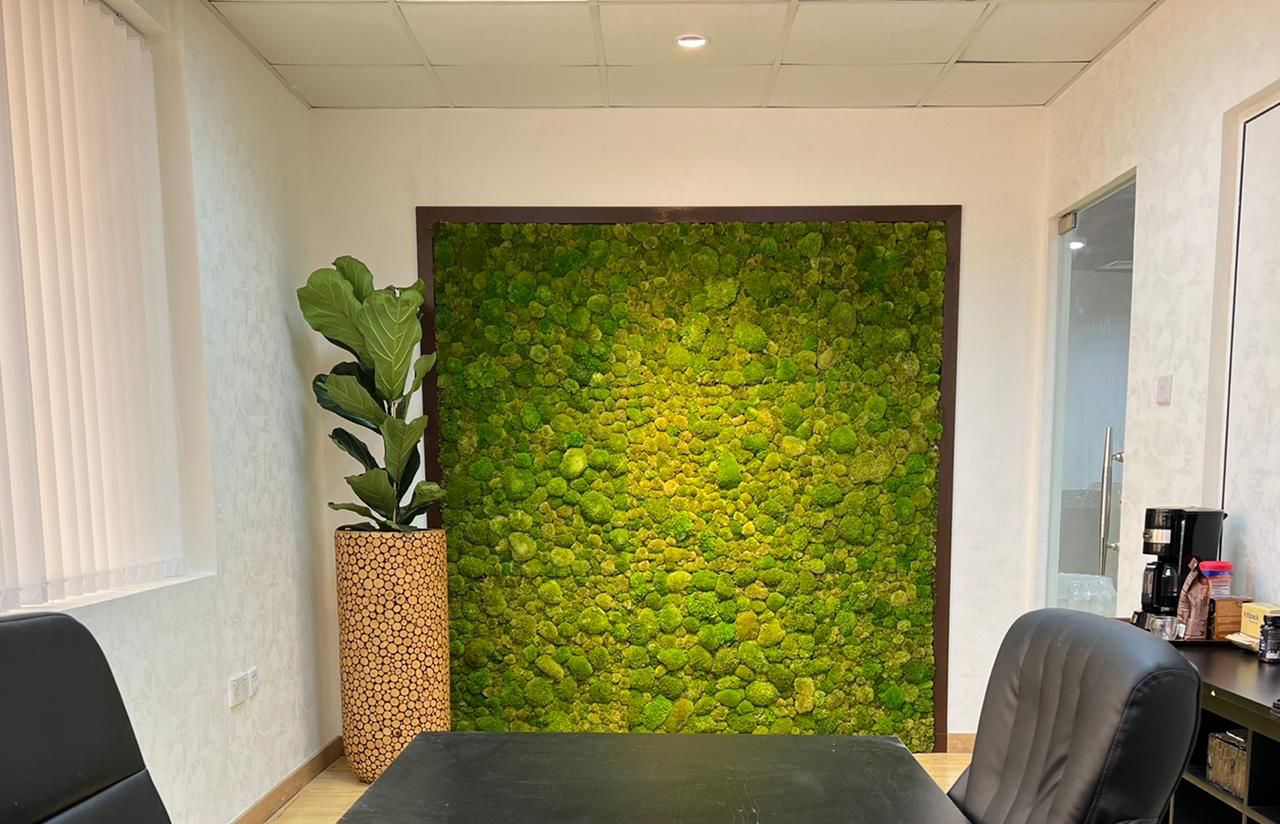
Combination Moss Walls:
This is a blend of flat and ball moss that creates a layered, textured look. Mounted on MDF or PVC panels (3.2-6 mm thickness), sizes include 750 x 1150 mm or 750 x 750 mm. Moss wall thickness ranges from 20 to 70 mm, weighing 4.6 kg per square metre, suitable for various designs.

Preserved Forest Moss Walls:
Forest moss walls combine flat moss, ball moss, lichen and other preserved plants and leaves for a rich, earthy aesthetic. Mounted on MDF or PVC panels (3.2-6 mm thickness), sizes range from 750 x 1150 mm to 750 x 750 mm. Wall thickness ranges from 20 to 300 mm, with a weight of 7-12 kg per square metre.
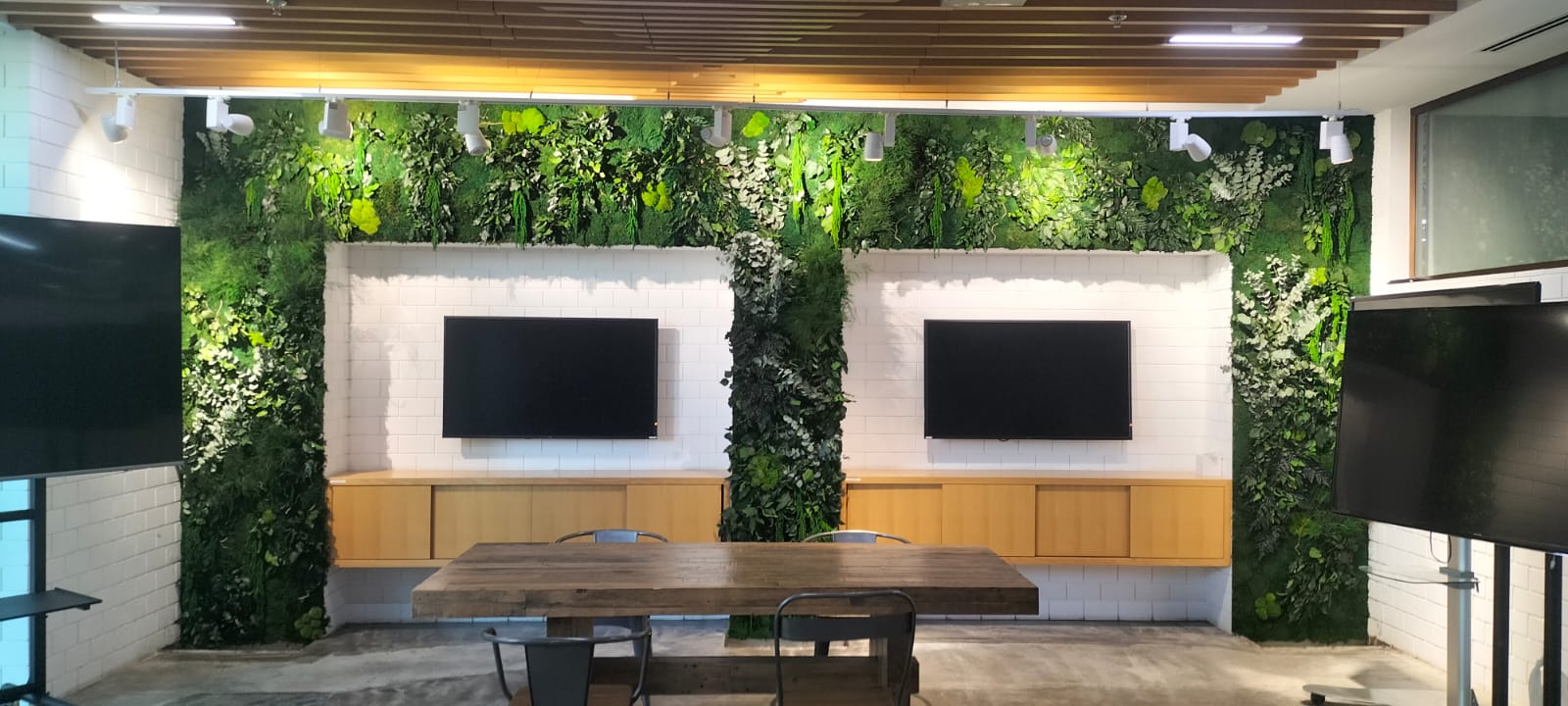
Preserved Flat Moss Wall:
Preserved Flat moss walls offer a smooth, uniform look ideal for minimalistic spaces with limited light. Mounted on MDF (3.2 mm) or lightweight PVC (3-6 mm) panels, sizes range from 750 x 1150 mm to 750 x 750 mm. Wall thickness is 20-40 mm, with a weight of 4.2 kg per square metre, providing a low-maintenance solution.
Why is it trending today?
Preserved moss has become a trendy option in modern architecture and interior design, bringing along a bunch of benefits that boost both the look and feel of spaces.
Improves Indoor Air Quality
Did you know that preserved moss can help improve the air quality in your home or office? It works by stabilising humidity levels. When the air is too humid, moss absorbs excess moisture, and when it’s dry, it releases it back into the air. This keeps the indoor environment balanced and comfortable, while also preventing issues like mould or bacteria growth.
Low-Maintenance Green Solution
With preserved moss, you can bring some greenery into your space without all the upkeep. It doesn’t need watering, sunlight, or soil to survive, making it perfect for spaces that lack natural light or for those of us who aren’t the best at keeping plants alive.
Customisation Options
Have you ever wanted to add a personal touch to your space, but weren’t sure where to start? Preserved moss gives you the freedom to get creative! You can choose from various colours and textures and even create custom designs to match your style or brand. For example, preserved reindeer moss comes in a variety of colours, allowing you to customise your moss wall to perfectly fit your décor. From geometric patterns to intricate designs, you can make your moss installation truly one of a kind.
Non-Toxic and Non-Allergic
If you’re concerned about allergies or toxins, you’ll be pleased to know that preserved moss is completely natural and biodegradable. Unlike some synthetic products, it’s free from chemicals or allergens, making it safe for everyone, including those with sensitivities.
Insect-Repellent
Unlike live plants, preserved moss doesn’t attract bugs, so it helps keep your space cleaner and more comfortable. This makes it a great choice for areas like kitchens, offices, or public spaces where pests are unwelcome. And since you don’t need pesticides, it’s a more eco-friendly option, too.
Noise Reduction Properties
Ever been in a noisy office or busy café and wished for a bit of quiet? Well, preserved moss can help with that! Its dense structure absorbs sound, making spaces feel quieter and more peaceful. If you’re working in an open-plan office or have a lot of foot traffic in your space, moss can be a simple and natural way to reduce noise levels.
Enhances Well-Being
Preserved moss brings the feeling of being around nature indoors. Studies show that having natural elements in your space can reduce stress, improve mood, and even boost productivity. Isn’t it amazing how something as simple as moss can have such a positive impact on your well-being?
Longevity
With such a long list of benefits, you might be worried that your moss installation won’t last. Don’t be! Preserved moss is designed to maintain its look and texture for years, thanks to a special preservation process that keeps it vibrant and intact without the need for water or sunlight. It’s a long-term investment that gives you lasting beauty without the hassle of constant maintenance.
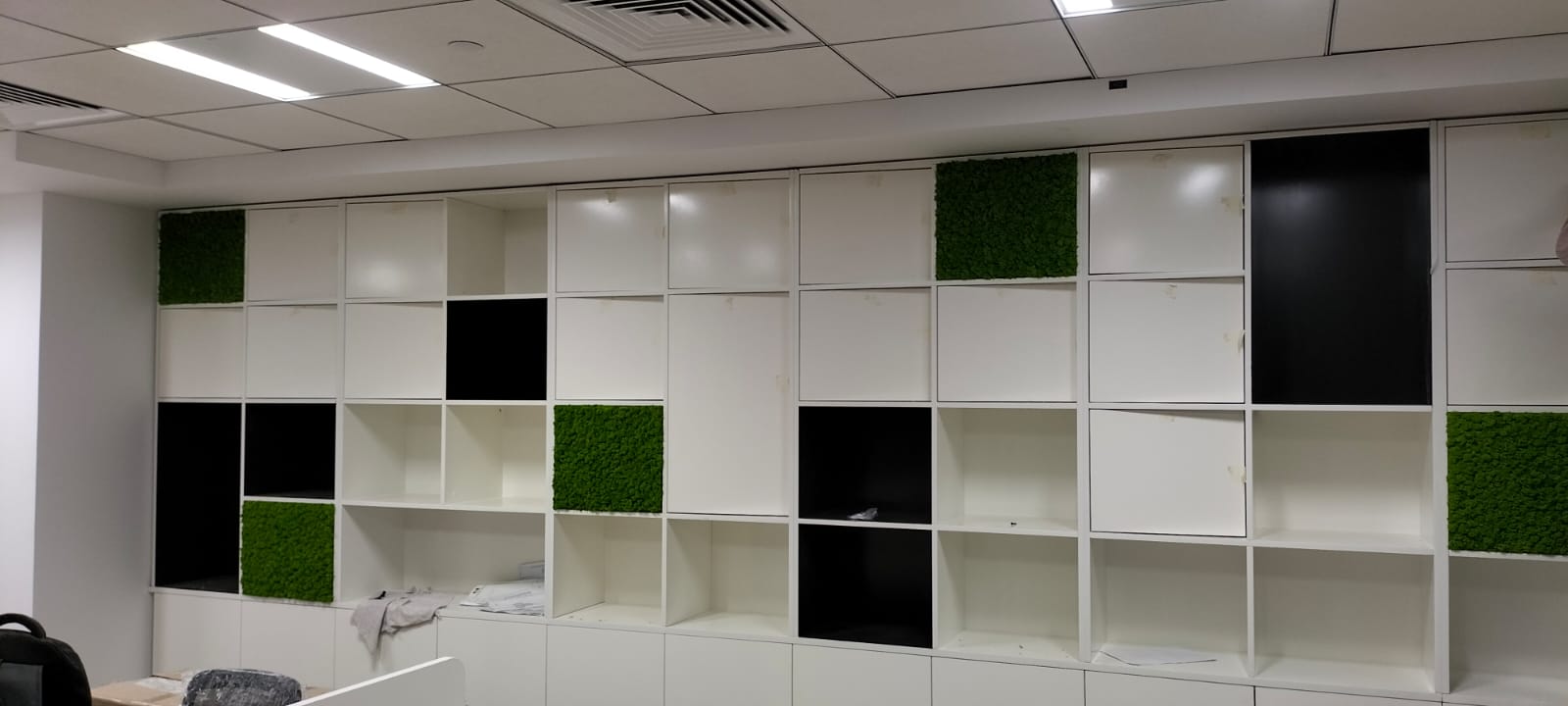
As people focus more on sustainability and well-being, it’s clear that preserved moss is going to become even more popular in design. We’re likely to see more creative ways to use it in future architectural projects, helping to create greener, healthier spaces that connect us with nature and make our surroundings feel more alive.
